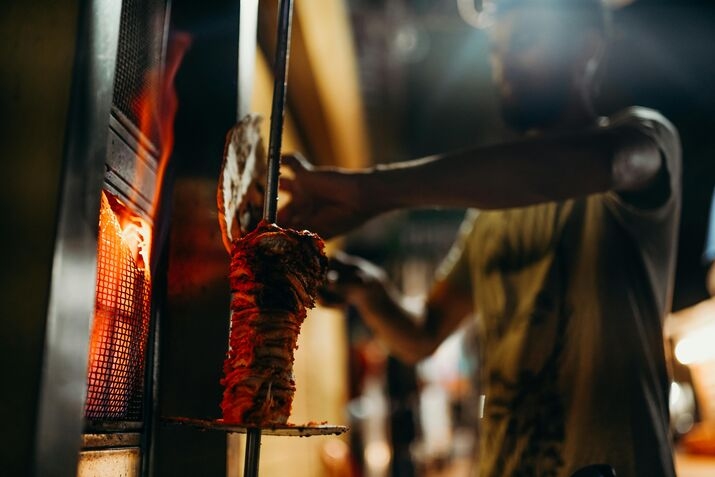Indian street food, irrespective of its cross over with other cuisines is a cuisine in itself. Tourists travel miles for the taste a particular stall offers in the nook of a remote lane in India. But most recently, these very delicacies of India have scared not just Indians but the whole world. Too many shocking reports of contamination in street foods have occurred, with some even leading to deaths.
Here, we explore the top three most notorious street foods in India, notorious for their shocking health hazards and life taking capabilities.
3. Pani Puri: Unimaginable Contamination
Pani puri, a staple of Indian street food, has faced multiple scandals involving extreme unhygienic practices. During the COVID-19 lockdown, a vendor named Rajdev Chauhan in Mumbai was caught urinating in the vessel used to prepare pani puri. Another incident in Guwahati saw a vendor mixing urine into the pani puri water. A similar case in Kolhapur involved a vendor using toilet water in the preparation. These incidents not only highlight gross violations of basic hygiene but also pose serious health risks to consumers.
2. Momos: Hidden Hazards
Momos, a beloved street food, has also come under scrutiny. A study by the Institute of Hotel Management, Catering & Nutrition revealed alarming levels of faecal matter in Delhi’s street foods, including momos, samosas, golgappas, and burgers. This revelation has deeply shaken public trust. Moreover, a viral video of a Delhi street vendor candidly admitting that momo chutney is often made from rotten tomatoes has further amplified concerns. The vendor claimed that this is done to enhance the taste, exposing consumers to severe health risks.
1. Shawarma: A Deadly Delicacy
Shawarma has recently made headlines for tragic reasons. In a horrifying incident in Mumbai, a 19-year-old boy died after consuming shawarma from a street vendor. This is not an isolated case; similar fatalities have been reported in Tamil Nadu, where a 14-year-old girl died, and in Kerala, where a 16-year-old girl and a 22-year-old man lost their lives. Medical professionals have highlighted that consuming shawarma long after it has been prepared can lead to severe food poisoning, which in extreme cases can be fatal. Following the Mumbai incident, two vendors were arrested, and a statutory warning was issued against consuming street food without ensuring its freshness and hygiene.
Public Health Implications and Response
The aforementioned incidents underscore a significant public health crisis linked to street food in India. Food-borne illnesses can lead to severe gastrointestinal issues, long-term health complications, and even death. Authorities have begun to take stringent measures, including arrests and the issuance of warnings, to curb such malpractices. However, ensuring the safety of street food requires a multi-faceted approach, involving stricter regulations, regular inspections, and heightened consumer awareness.
Consumers are advised to be vigilant about the hygiene practices of street food vendors and opt for food from sources that maintain cleanliness and proper food handling procedures. Public health campaigns and educational programs are essential to inform both vendors and consumers about the risks of poor food hygiene and the importance of safe food practices.
These incidents only highlight how fickle life in India has become and makes you wonder, where it is that the Indian government really places, the protection of civilian lives that are lost to such avoidable circumstances. We often hear that the nation is growing and indeed taxes and everyday commodity costs are increasing, but it seems that the only thing decreasing is the value of a regular person’s life in India.


